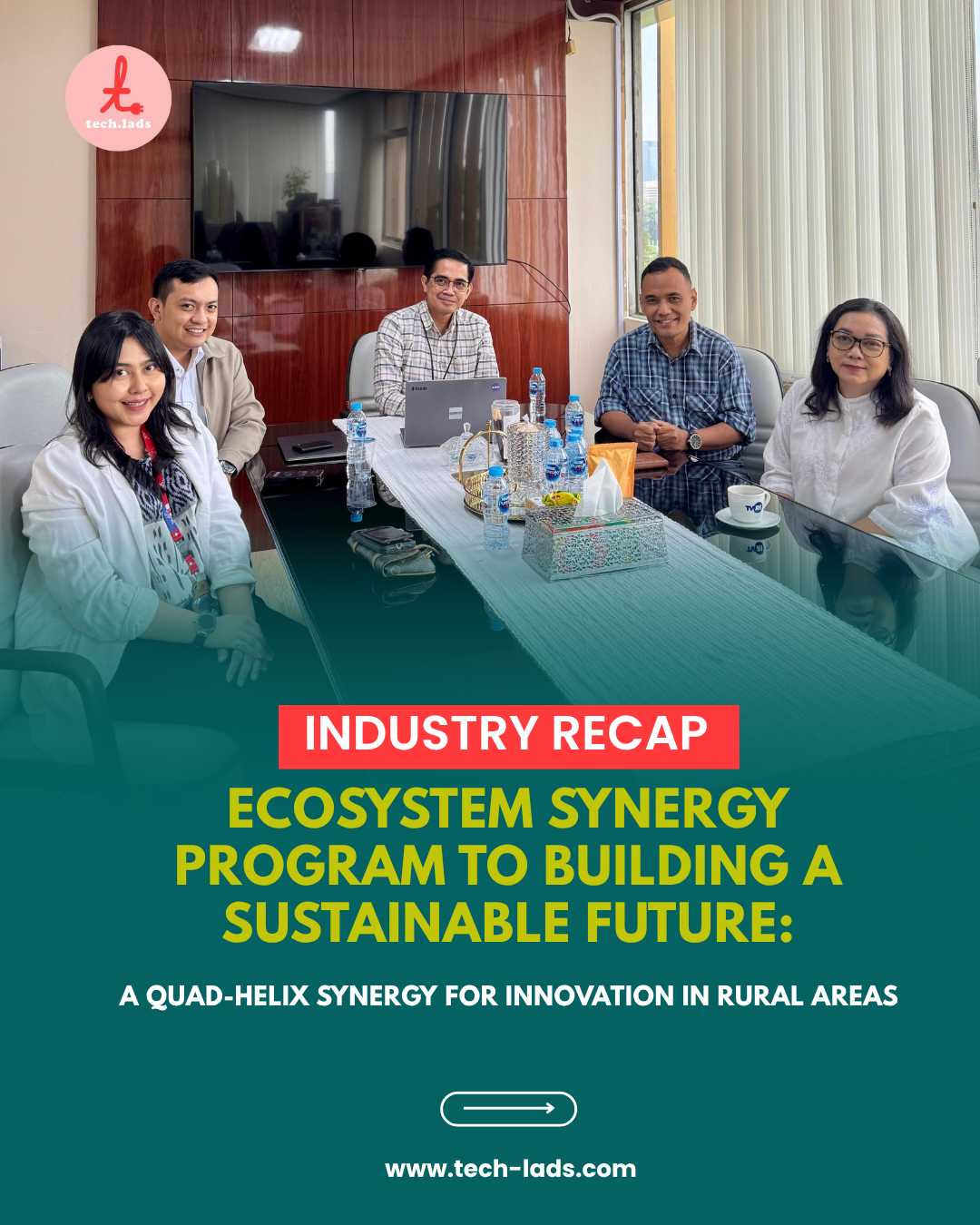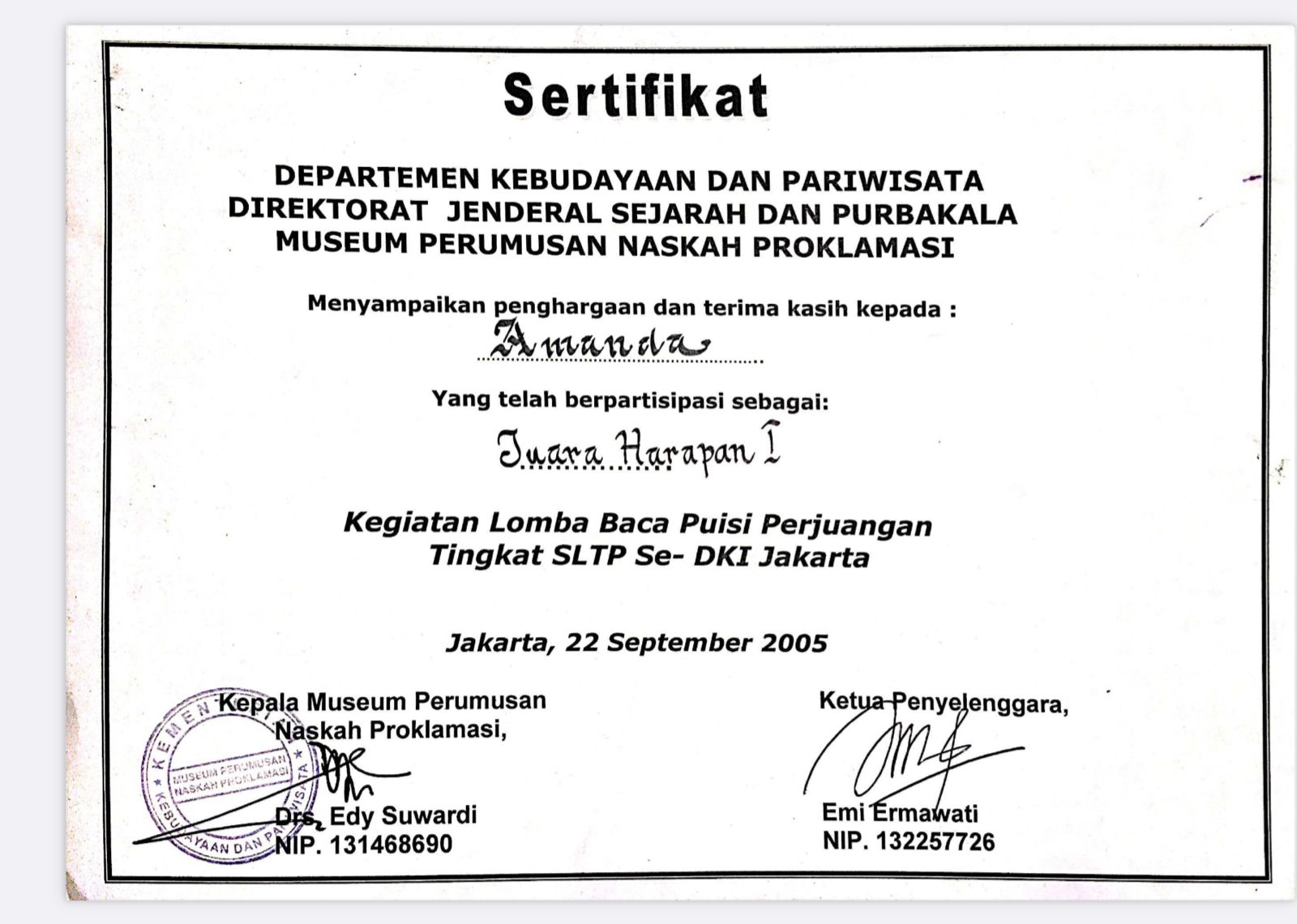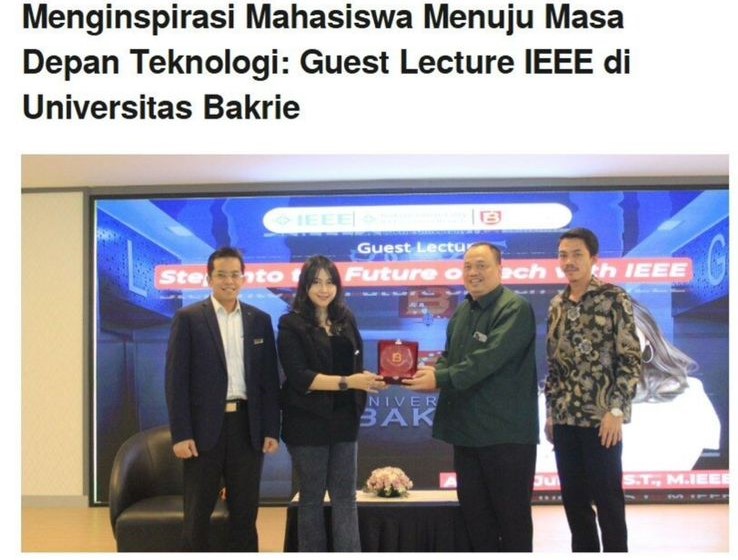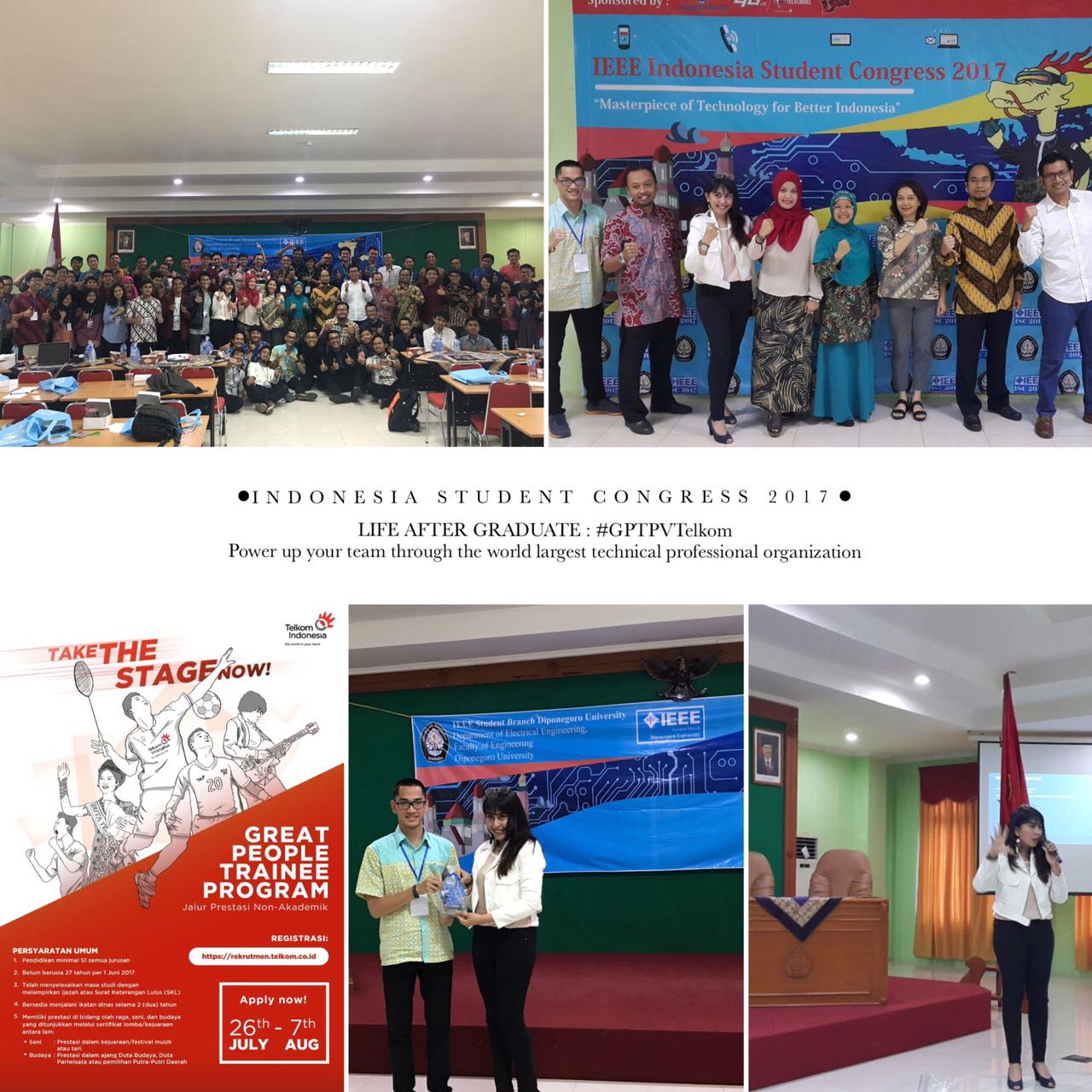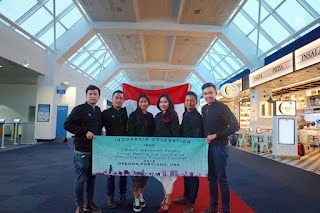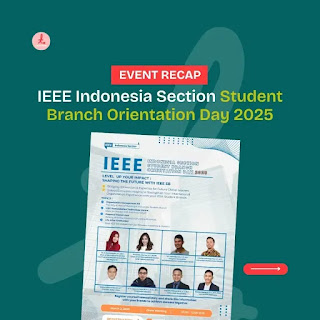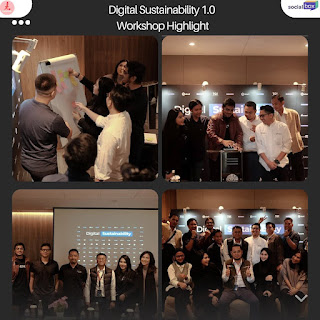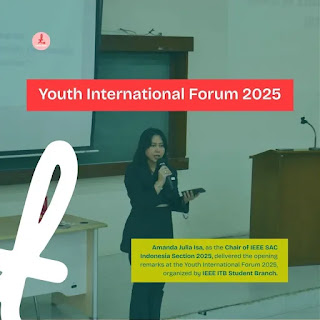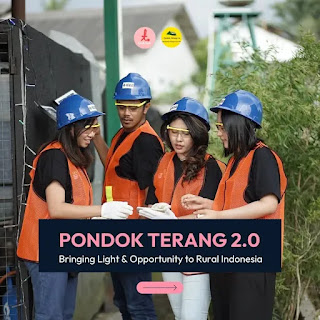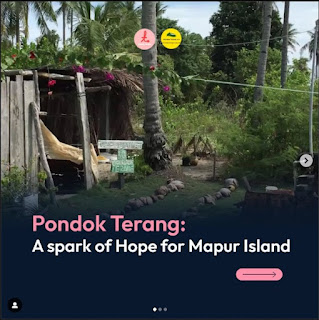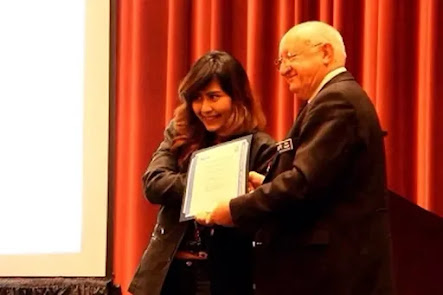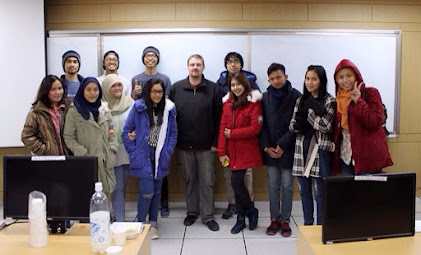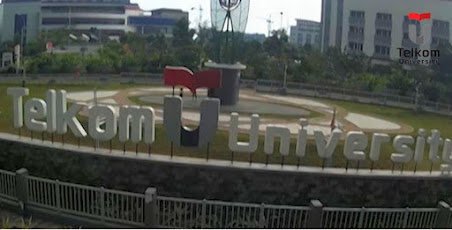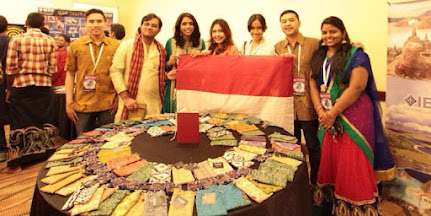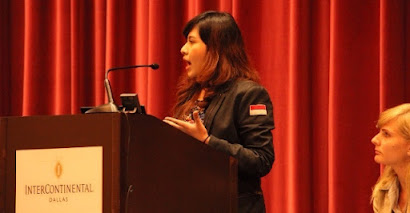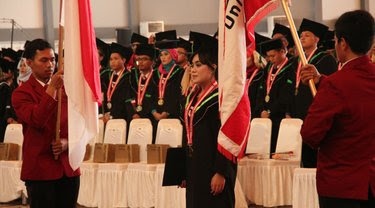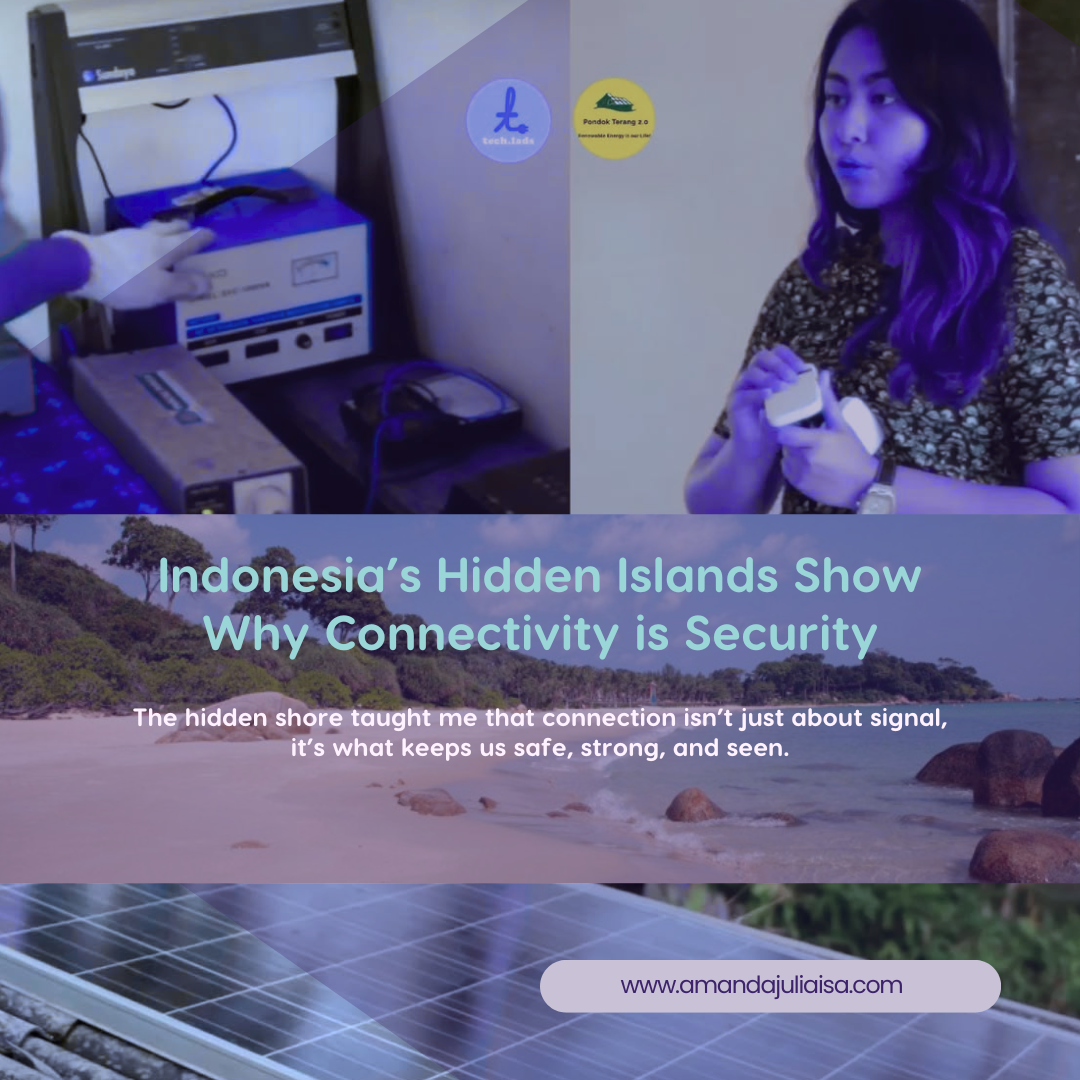
Indonesia’s Hidden Islands Show Why Connectivity is Security
Jakarta pulses with a digital heartbeat. Beneath its skyscrapers, high-speed internet flows effortlessly, fueling global commerce and instant connections. But just a few hours east, thousands of islands live in near-digital silence. Electricity is a five-hour luxury, and the internet is more myth than reality.
This contradiction is more than a development gap, it is a security vulnerability. Indonesia, the world’s largest archipelago, cannot fully safeguard its sovereignty or contribute to global resilience while vast portions of its population remain disconnected.
Yet this story doesn’t begin in a policy room. It begins with an ordinary traveler.
A group of people who, instead of chasing the hype of tourist spots, sought out hidden islands and left behind more than just smiles. From that spark came Pondok Terang—“Bright Hut.” A project that proved bridging the grassroots technology gap isn’t an act of charity, but a strategy. One that strengthens national equality and security while ensuring that privileges often concentrated in cities are shared everywhere, no matter how remote.
A Case Study in Resilience: Pondok Terang
Mapur Island, a small jewel in the Riau Archipelago, is home to about 1,000 people who depend almost entirely on fishing. Each night, the island plunged into darkness as the lone generator shut off at 11 p.m. The road connecting Babak and Nian villages became unsafe, cutting fishermen off from selling their catch.
On our first visit, we came as ordinary travelers, drawn by white sand beaches and the promise of escape. Several nights under a starlit sky in a rumah panggung (traditional stilt house) revealed a place both magical and fragile. Meals were simple: catch a fish, season it with spices we bought from the floating market, and share with neighbors in barter. But when storms came, beauty turned precarious. Strong currents stranded us by the shore, while foreign-labeled debris washed up with the tide, silent evidence of the island’s exposure to the South China Sea and its unguarded borders. Here was an outer island of Indonesia: breathtaking, vulnerable, and forgotten.
We realized that this wasn’t just about isolation. It was about vulnerability.
Bound by a shared passion over lunch, our group, drawn from diverse backgrounds in tech and finance, often trading thoughts on current metropolis trends, felt the weight of this reality. We didn’t want to leave Mapur with only memories; we wanted to leave behind resilience. Together with the villagers, and the IEEE Industrial Applications Society, we built Pondok Terang: a solar-powered hub for light, learning, and disaster readiness. Solar panels now power streetlights along the main road, making it safer for fishermen to work at night. But the real transformation came when we installed a modest modem and router. Watching schoolchildren’s eyes sparkle as they touched the internet in school for the first time, I realized that technology is not just infrastructure, it is a real hope.
From Local Villages to Global Threats
What we witnessed in Mapur reshaped how we see technology equity, not as a luxury, but as critical security infrastructure. And in a nation like Indonesia, those gaps do not remain local; they ripple outward, shaping regional and even global stability.
- Disaster Resilience
For fishermen, weather isn’t small talk, it’s survival. Pondok Terang’s Wireless Sensor Network (WSN) monitors wind speed, rainfall, and air pressure, giving villagers the first step toward an early-warning system. In disaster-prone Indonesia, lacking communication technology means leaving entire communities defenseless. Disasters here don’t stay local, their economic and humanitarian impact stretches across borders, disrupting supply chains and triggering international aid crises. - Maritime Sovereignty
Indonesia spans over 17,000 islands, many at the frontlines of the South China Sea and the Malacca Strait, through which nearly a quarter of global trade passes. Disconnected outer islands don’t just mean isolation for villagers, they create blind spots in monitoring illegal fishing, smuggling, and territorial incursions. In today’s geopolitical climate, those blind spots weaken not only Indonesia’s sovereignty but also global trade security. - Socio-Economic Stability
Disconnected communities risk falling prey to misinformation and radical narratives. In an era where extremist content crosses borders instantly, information voids in Indonesia’s rural areas become vulnerabilities for the entire region. By providing access to online education and tools, Pondok Terang embodies hope, fostering resilience not only economically and socially, but also ideologically.
A Model for the Future of Security
Pondok Terang is a glimpse of evidence that 21st-century security is inseparable from technological equity. Defense today is not only about military fleets or diplomatic alliances, it is about ensuring that every citizen has the infrastructure to thrive and connect. For a vast archipelago like Indonesia, decentralized and resilient solutions like solar-powered hubs aren’t optional, they are essential. Because in the end, digital sovereignty isn’t just about wires, satellites, or policies. It’s about ensuring that every person, from Jakarta to Mapur to the most remote islands, can look up at the same night sky and know they belong to one connected world, with equal rights to security and connectivity.
Published on Digilearn Portal:
https://mydigilearn.id/article/16921/indonesias-hidden-islands-show-why-connectivity-is-security

